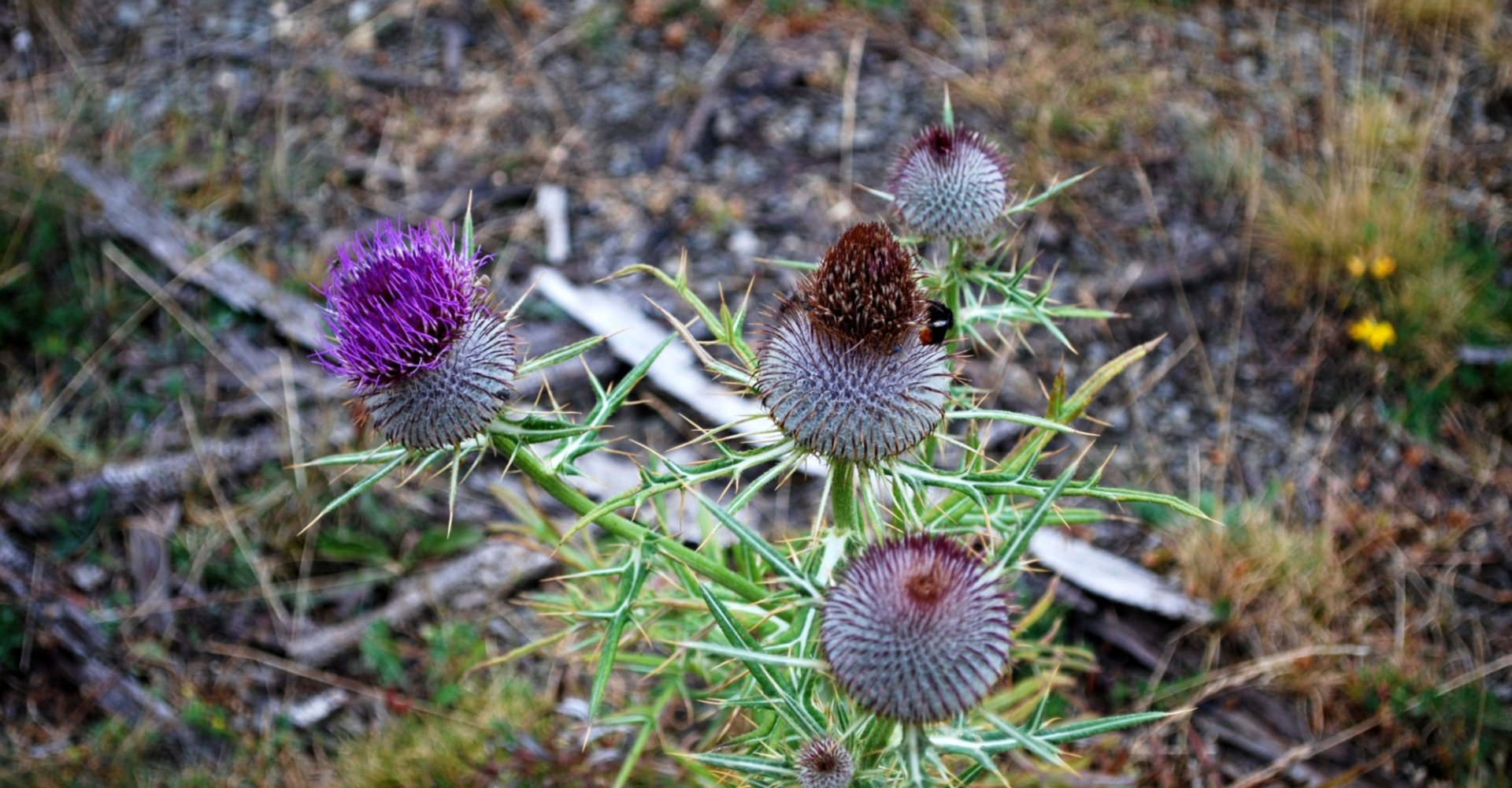Cardoons preparation

Are cardoons hunchbacks - are hunchbacks cardoons?
The cardoon is a member of the artichoke family and can be cooked in a variety of ways. Around Tuscany this vegetable is loved by everyone but especially by artichoke lovers that can get that same taste during the winter when this lonk stalked vegetable can substitute the bitter-sweet flavor of the artichoke. Cardoons are also known as "gobbi” (hunchback) in Tuscany because people grow them by bending the stem underground or covering the stems with paper in order for the vegetable to remain tender and white. There's a particular area known as Val di Cornia where this vegetable grows and thrives and is widely used in local culinary traditions. This variety of cardoon—otherwise known as the ‘Gobbo’ of Val di Cornia—is one of the most typical vegetables that grows in the valley. Its edible part is bright white and has a rather bitter taste. The cardoon is usually planted at the beginning of August, in fields that have been previously worked. During its harvest, farmers carry out careful visual inspections to detect the presence of mold or other problems. In regards to its cultivation, we can mention that this variety has seeds that tend to self-produce. This factor allows farmers to preserve this species organic qualities.
Preparing the Cardoons
Divide each thistle stalk lengthways into 6 cm (2.5 in) pieces. As you finish cutting them, soak the stalks in water mixed with the juice of half a lemon to avoid discolouration. Leave aside until you are ready to cook them. Drain put them into a saucepan and cover with cold water. Add a little salt and bring to the boil. You can cover the surface of the cardoons in the saucepan with a cloth to make sure they are all covered by the water and do not discolour. Boil for about 20 minutes to soften, then drain well and discard the water. Leave them to cool slightly.



